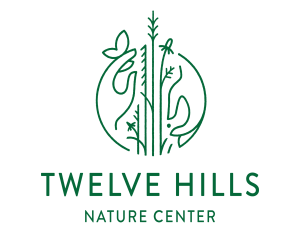A Brief History of the Blackland Prairie
The Blackland Prairie is ancestral territory to the Caddo, Wichita, Tawakoni, Comanche, Kiowa, and other Indigenous communities who served as the original stewards of the land. Named for the dark, rich soil of much of North Texas, the Blackland Prairie served as a foundational element to the European settlement that displaced so many of its original inhabitants.
This fertile soil once covered over 14 million acres of grassland. Now — after generations of farming and development — less than 0.1 percent of the Blackland Prairie remains intact, making restoration projects like ours all the more crucial to maintaining native biodiversity and North Texas’ ecological and cultural heritage.
A Brief History of Twelve Hills
Twelve Hills stands on disturbed land where apartments stood from the 1950s through 1992. The existing plant communities were scraped away when the apartments were built. When the apartments were removed, the land was disrupted again, leaving debris like bricks, rebar, and metal exposed in parts of the trail — a visual reminder of human impacts to the land.
Our Ongoing Restoration
Volunteers are recreating the plant community of the Blackland Prairie — present for eons prior to development.
Since Twelve Hills is such a young, developing prairie, planting, care and maintenance take place most days of the year. Tiny plants and seeds cover much of the land. Bare looking areas have been cleared, planted, and seeded.
Plants indigenous to the limestone soil of the Blackland Prairie are not readily available. Most are either grown by volunteers or dug from sites about to be developed. While some seeds are purchased, many seeds of native plants are responsibly collected. It is incredibly important to protect the plants at Twelve Hills, as they are not easily replaced.
Think of Twelve Hills as you think of a natural history museum or arboretum: deserving of respect for the flora and fauna, their origins, their support for native pollinators, and the educational potential they provide the Nature Center.
We want all visitors — human and native wildlife — to enjoy the abundance the Blackland Prairie has to offer.


